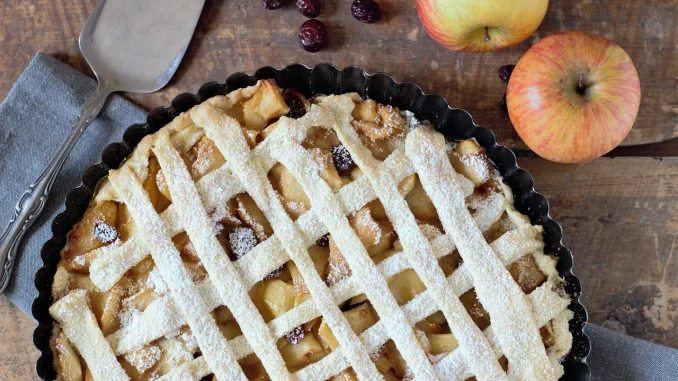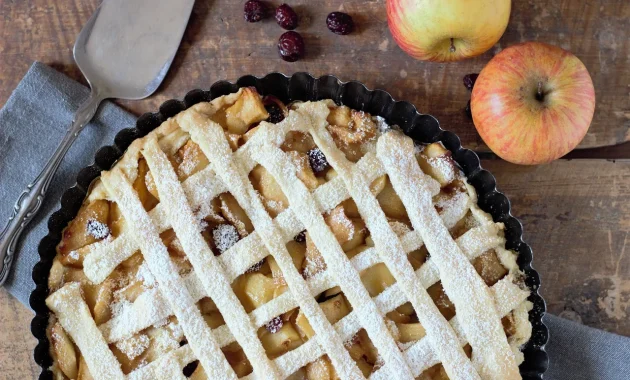
Finland, a country celebrated for its pristine nature, vibrant culture, and the breathtaking beauty of its northern lights, also boasts a rich and varied culinary heritage. Finnish cuisine is a fascinating blend of traditional recipes passed down through generations and contemporary dishes influenced by global trends. This guide will take you on a culinary journey through Finland, exploring the nation’s most iconic foods and the innovative flavors that define modern Finnish gastronomy.
The Foundations of Finnish Cuisine
Finnish cuisine is deeply rooted in the country’s natural environment. The abundant forests, thousands of lakes, and long coastline provide a wealth of fresh ingredients that are integral to the traditional Finnish diet. The harsh climate and short growing season have historically influenced Finnish cooking, with a focus on preservation methods such as smoking, drying, and fermenting. Despite these challenges, or perhaps because of them, Finnish cuisine is celebrated for its simplicity, purity, and the unpretentious use of high-quality ingredients.
Traditional Finnish Dishes: A Taste of the Past
At the heart of Finnish cuisine are its traditional dishes, which reflect the country’s agrarian history and the resourcefulness of its people. These dishes are beloved not only for their flavors but also for the cultural significance they hold.
Karjalanpiirakka: The Karelia Pie
One of the most iconic Finnish foods is Karjalanpiirakka, or Karelian pie. Originating from the eastern region of Karelia, this savory pastry is a beloved staple throughout Finland. Karjalanpiirakka is made with a thin rye crust filled with a mixture of rice porridge, although potato or carrot fillings are also common. The pies are typically served with munavoi, a spread made from butter and hard-boiled eggs, creating a delightful combination of textures and flavors.
Kalakukko: The Fish Pie
Another traditional Finnish dish is Kalakukko, a hearty fish pie from the Savonia region. Kalakukko is made by baking a mixture of fish (usually perch or salmon), pork, and sometimes bacon inside a thick rye crust. The result is a dense, flavorful loaf that is both filling and nourishing. Kalakukko is often enjoyed as a portable meal, ideal for long days of work or travel, making it a true representation of Finland’s rustic culinary traditions.
Hernekeitto: Pea Soup
Hernekeitto, or pea soup, is a classic Finnish dish traditionally eaten on Thursdays. Made from dried peas, ham, and a variety of root vegetables, hernekeitto is a comforting and hearty meal, especially during the cold winter months. It is often served with sinappi (Finnish mustard) and followed by a dessert of pannukakku—a Finnish oven-baked pancake topped with berries or jam.

Modern Finnish Cuisine: Innovation Meets Tradition
While traditional Finnish dishes remain popular, the modern culinary scene in Finland is vibrant and dynamic, characterized by a fusion of traditional ingredients with contemporary cooking techniques. Finnish chefs are increasingly drawing on the country’s culinary heritage while also embracing global influences, leading to innovative dishes that are both familiar and novel.
New Nordic Cuisine: The Finnish Approach
Finland’s participation in the New Nordic Cuisine movement has been a significant factor in the evolution of its culinary landscape. This movement emphasizes the use of local, seasonal ingredients and the revival of traditional food practices in a modern context. Finnish chefs have embraced these principles, creating dishes that highlight the natural flavors of Finnish ingredients while incorporating modern cooking methods.
One example of this is the use of foraged ingredients, such as wild berries, mushrooms, and herbs, which are central to Finnish cuisine. These ingredients are not only prized for their flavors but also for their nutritional benefits. In modern Finnish cuisine, foraged foods are often featured in gourmet dishes that showcase their unique qualities in innovative ways.
Fish and Game: Fresh and Sustainable
Given Finland’s vast network of lakes and forests, it’s no surprise that fish and game play a prominent role in Finnish cuisine. Salmon, pike, and vendace are commonly found on Finnish menus, often prepared in simple yet flavorful ways that allow the natural taste of the fish to shine. Smoking and curing are popular methods of preparation, with savulohi (smoked salmon) being a particular favorite.
Game meats, such as reindeer, moose, and bear, are also integral to Finnish culinary traditions. These meats are often served in fine dining restaurants, where chefs create dishes that celebrate the wild flavors of Finland. Reindeer, in particular, is a symbol of Lapland’s culture and is commonly prepared as poronkäristys—sautéed reindeer served with mashed potatoes, lingonberry sauce, and pickles.
Innovative Desserts: A Sweet Finish
Finnish desserts have also evolved, with modern interpretations bringing new life to classic sweets. Runebergintorttu, a pastry named after the Finnish national poet Johan Ludvig Runeberg, is traditionally enjoyed in February. This almond-flavored tart, topped with raspberry jam and icing, has been reimagined in various forms by contemporary pastry chefs, who play with different textures and flavors while maintaining its classic essence.
Another modern dessert gaining popularity is mustikkapiirakka, a blueberry pie made with bilberries, a smaller and more intensely flavored cousin of the blueberry. This dessert is a perfect example of how Finnish chefs are using local, seasonal ingredients to create fresh takes on traditional recipes.
The Finnish Coffee Culture: A National Passion
No culinary journey through Finland would be complete without mentioning the country’s coffee culture. Finns are among the world’s biggest coffee drinkers, and coffee plays a central role in Finnish social life. Traditional Finnish coffee, known as kahvi, is typically light-roasted and enjoyed throughout the day, often accompanied by a sweet pastry like a korvapuusti (cinnamon roll) or pulla (sweet cardamom bread).
In recent years, Finland has also seen a rise in the popularity of specialty coffee, with a growing number of cafes offering artisanal brews and unique blends. This trend reflects a broader appreciation for quality and craftsmanship in Finnish food and drink, as well as a willingness to explore new flavors and experiences.
Conclusion
Finland’s culinary scene is a delightful blend of the old and the new, where traditional dishes stand proudly alongside innovative creations that reflect the country’s evolving tastes. From the hearty comfort of Karjalanpiirakka and Kalakukko to the refined flavors of New Nordic Cuisine, Finnish food offers something for every palate. As you explore the flavors of Finland, you will discover a cuisine that is deeply connected to its natural environment, rich in tradition, and open to innovation.